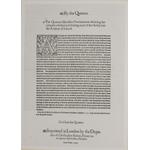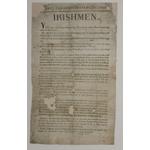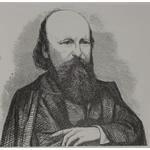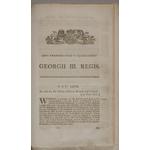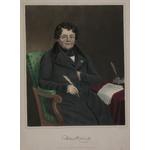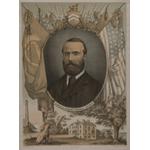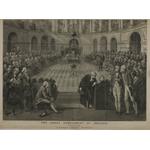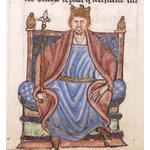Outline of Irish history
The dominion of England over Ireland began in the twelfth century when a band of Anglo-Norman adventurers, then settled in Wales, gained a foothold in the south-east of the country. The king of England, Henry II, promptly capitalised on the incursion by landing in Co. Wexford in 1171 and securing lordship over part of the country, later designating his son John as Lord of Ireland.
The Anglo-Norman invaders were gradually assimilated into the Irish population, however, and for hundreds of years English jurisdiction was confined to Dublin and the surrounding area, a region generally known as the Pale. It was only with the expansionist and bellicose Tudor monarchs of the sixteenth century, most notably Henry VIII and Elizabeth I, that the English succeeded in gaining control over the entire country. Thereafter, the British governed Ireland through a viceroy and an administration based in Dublin Castle, which controlled the civil service, the legal system, the military, and the police. In effect, the Irish had the status of a subject class in their own country.
To provide stability and support for the administration, the government adopted a policy of colonisation: English aristocrats or investors, generally accompanied by a retinue of tenant farmers, were settled on lands confiscated from the Irish. The Tudor plantation policy was continued in the seventeenth century, particularly by the Cromwellian government which granted over half the land of Ireland to its army officers and to investors who had financed its campaigns.
The dispossession of the Irish landowners and the systematic anglicisation of Irish society resulted in the destruction of the ancient Gaelic social order and the decline of native culture and the Irish language. In the area of religion, however, the Irish were not for turning: despite active proselytism and in some periods persecution, Ireland generally remained Catholic.
Indeed, religion remained a distinguishing feature as between the predominantly Catholic Irish community and the generally Protestant ruling class consisting of planters, administrators and officials. By the eighteenth century the Irish parliament was dominated by Protestants, Catholics being almost entirely excluded. To guarantee the privileged position of its members, this unrepresentative Irish parliament voted itself out of existence following the trauma of the 1798 Rising: Ireland was integrated into the United Kingdom of Great Britain and Ireland and governed directly from London (the Act of Union, 1800).
Thereafter, the objective of constitutional moderate Irish nationalists was not complete independence from Britain but merely the reestablishment of an Irish parliament and the restoration of some degree of self-government. The most notable campaigns in pursuit of this agenda were led by Daniel O’Connell (Repeal of the Union, c.1840-43) and by Charles Stewart Parnell (Home Rule, c.1880-91). While constitutional nationalists aimed at achieving a measure of self-government by means of parliamentary action (Repeal or Home Rule), others wanted complete independence which, it would appear, could only be achieved by means of physical force.
In more recent centuries, Theobald Wolfe Tone and the United Irishmen (1798), Robert Emmet (1803), the Young Irelanders (1848), and the Fenians (1865-67) all either plotted or rose up in open rebellion. None of them, however, made any progress: in the face of a powerful empire with formidable military resources, this was hardly surprising.



